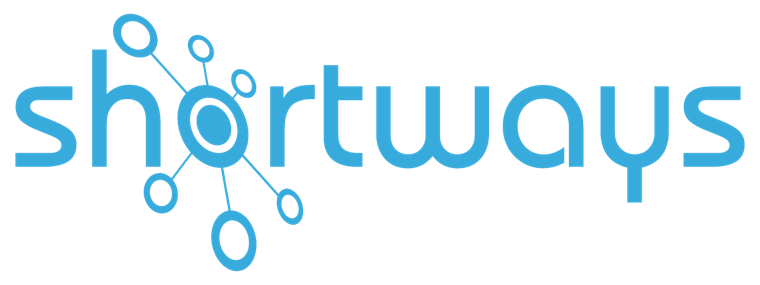From our 1st Barometer on the adoption of HRIS in 2019 until today, the user manual is the most widely used training tool in companies.
Whether PDF or paper, in the form of operating instructions with or without screenshots, it is time to break down some preconceived ideas about it, in order to help you maximize its usefulness.
Besides, is it still suitable? Indeed, one might think that it is enough to train users and provide them with a user manual to ensure the adoption of your HRIS.
However, the reality is that your users don’t read it, and not all the answers are there ❌
We explain why in these 5 misconceptions about the user manual:
When a user opens their manual, it is often because they want to quickly find an answer in order to get unblocked on a process. Unfortunately, in order to be exhaustive, many user manuals are too voluminous. As a result, whether PDF or paper, turning or scrolling 300 pages hoping to find THE section answering your problem is hell … It takes time, concentration, and can be irritating. It is likely that your users will not even take the step of looking in the manual to try to solve their problem knowing the ordeal of searching in such a substantial document.
If the user has a question, he needs to be unblocked quickly. He certainly does not want to delve into a long manual where he has to search for a long time to find the beginning of an answer, without even being sure that it will work and that he will not need to delve in other chapters of the manual. This may disappoint you, but no, your user manual is not easy to use either. Even with a summary, it does not make your manual easier to navigate or understandable to use. Some will say that there should even be training about the manual…
It’s not easy to read an operating mode on a browser tab, then go to another screen to transpose the response to your particular use case. Is the screenshot still up to date and adapted to our context? The answer found in the manual is not always intelligible because it is often written by an application expert who sometimes forgets to put himself at the user’s level.
There are maybe only 10 useful paragraphs for the manager, and HR has its own rulebook. Just as your users do not have the same jobs, missions or skills, they do not have the same need for help on their applications. More and more profiles are connecting to your tools: internal but also external users (for example suppliers on your purchasing portal), occasional or experienced users,… The user manual is rarely designed to adapt to all levels of knowledge and vocabularies.
Applications and processes evolve more and more often: new application version, new external regulations, new internal instructions. But the manual does not because no one has the time to update it …
Your screenshots or paragraphs are not up to date, leading to:
- dissatisfaction from users who found an answer that was ultimately not the right one,
- bad practices and bad data, because the manual remained on the penultimate version of the process and therefore not the most recent one,
- in the end, an increase in your user support’s workload.
Training is a pillar of the proper use of your HRIS. The user manual is a part of it and is there to consolidate other training systems such as face-to-face/remote training, in order to recall practices once in daily life. However, training needs have evolved in recent years. The modern learner only has few minutes a day to train. It is difficult for him to attend long training courses from which he does not retain much… He prefers to follow micro-training modules integrated at the moment he is using his tool: this is Josh Bersin’s famous “flow of work”. HR tools’ handling method must therefore be reconsidered, because the cascading effects of poor adoption of the HRIS are numerous.
The Shortways solution:
The Shortways Assistant is a digital adoption platform that integrates with your business tools, and which will train your users in a contextual and personalized way according to their profile, language, and the screen they are on.
How? Shortways Assistant displays step-by-step instructions, notification bubbles and even contextual FAQs integrated into the screens of your business application.
🔎 This involves digitizing your manual by splitting it into micro-modules, available in the right places on your tool!
🔎 The result? Your employees are more efficient and better trained in their digital applications. You also reduce your support costs quickly and easily.
👉 To go further on this topic, you can find in this article 10 secrets to ensure the adoption of your HRIS!





